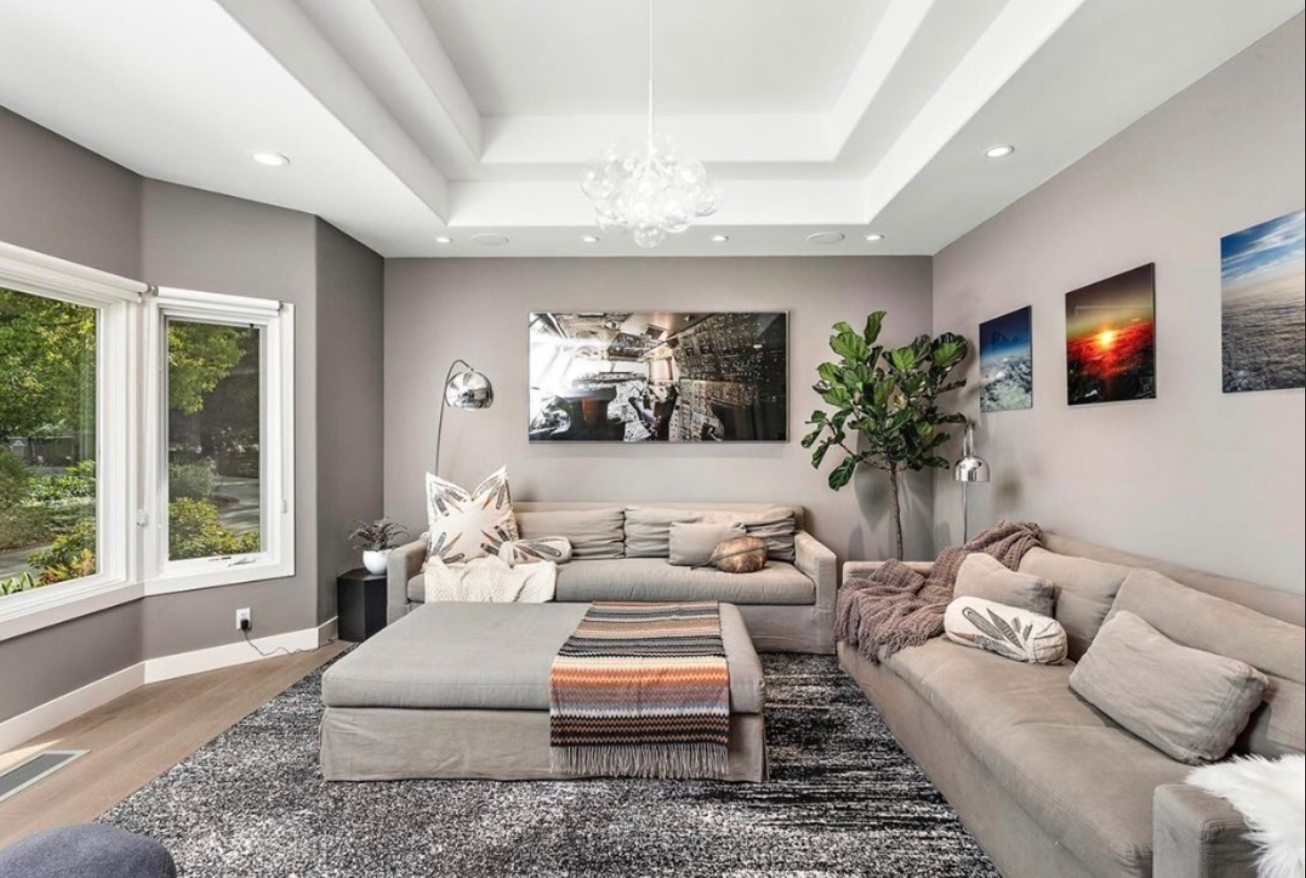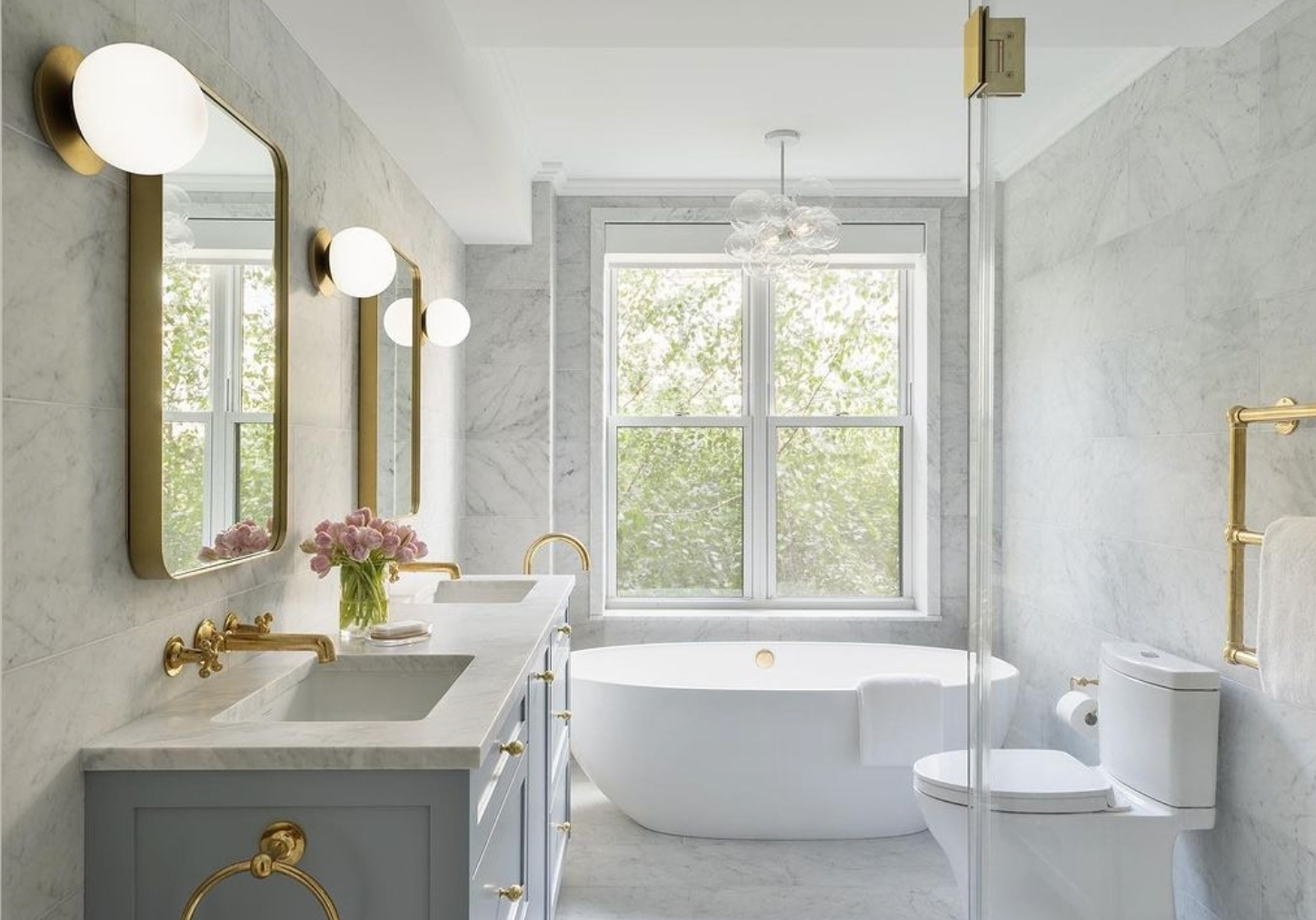Well, 2020 has been a doozy, hasn't it? But good things can come out of even the most difficult situations, and we're a company focuses on the light. So we've been happy to see some silver linings in this crazy time: less pollution, more health consciousness, a chance to slow down, more time with our children, and a shift to working from home (a trend that we're happy to see many companies embracing long-term). If you have the opportunity to work from home on a more permanent basis, lucky you! But as you've probably realized, working from home has its own pros and cons. Yes, your commute is unbeatable and the dress code is amazing...but it's easy to get distracted and hard to set boundaries. One key factor in separating your home life from your work life, is getting a home office set up. Take the opportunity to design this space with intention. Of course, you'll need a good desk, a comfortable chair, and an ergonomic computer setup. But even more importantly, you'll need proper lighting! Besides reducing eye strain and headaches, good lighting can make a huge difference in your productivity, energy, and mood. Here are our best tips to create the perfect home office lighting setup.
Maximize the Natural Light
The first step in creating your lighting design scheme is to assess the natural light that's already there. If there's a window, consider placing your desk under it to take full advantage of the sunlight. The next best placement would be to put your desk next to the window. Try to avoid having your back to the window, or you'll constantly be dealing with glare off your computer screen. Another reason to put your workstation by the window: it's nice to give your eyes a break every once in awhile by looking up and gazing out the window. You'd be surprised how much natural light and a view can improve your mood...even if the "view" is just the trees in your front yard.
Lighting Designer Tip: When designing around a window, be aware that you'll have different levels of sunlight coming in at different times of the day. To control the brightness, be sure to add a window treatment that allows you to diffuse direct sunlight.
Assess Your Overhead Light
Your overhead light shouldn't be the only source of light, but it's an important part of your overall lighting scheme. We recommend switching out a boring ceiling light fixture for something beautiful and unique, like our Frosted Bubble Chandelier. A fixture with multiple bulbs will give off more light, and a fun, eclectic lighting fixture will add a lot more personality and cheer than a standard builder light.

Lighting Designer Tip: The direct glare of overhead lights can be harsh and hard on the eyes. Instead, look for ways to diffuse the light while still illuminating the entire space. Consider a light fixture with a lampshade or semi frosted glass to soften the light.
Add a Task Light
For functional lighting in a home office, nothing beats an articulating task light with a flexible arm that you can adjust. This will allow you to get the height and angle just right to perfectly light your task at hand, thus reducing eye strain and keeping you focused. We recommend our Pole Sconce: it's an adjustable, plug-in, mid century sconce that's as beautiful as it is functional.

Lighting Designer Tip: Be aware of how and where you position your light. A light that faces your computer screen will produce annoying reflections and glare, and an incorrectly placed task light can cast unwanted shadows. If you're right handed, put your task light on your left side so your arm doesn't cast shadows across your paper while you're writing.
Consider Accent Lights
At a minimum, most home offices should feature ambient overhead lighting and focused task lighting. But you don't have to stop there. Accent lighting can be a great way to draw attention to specific elements in the room, such as a wall sconce positioned over artwork. Beautiful accent lights like our bubble sconce can also add decorative character to your space.

Lighting Designer Tip: It's not just about the light fixture itself...the lightbulbs you choose also make a big difference in residential lighting design. The color of a bulb can affect the entire mood of the room and how your paint colors look, so it's important. Soft white lightbulbs give off a warmer and more inviting glow that's well suited to a home office, while daylight bulbs are cooler and brighter, and can appear sterile in a home.



